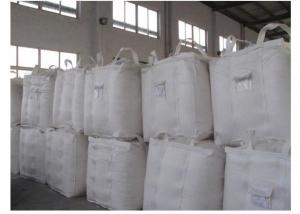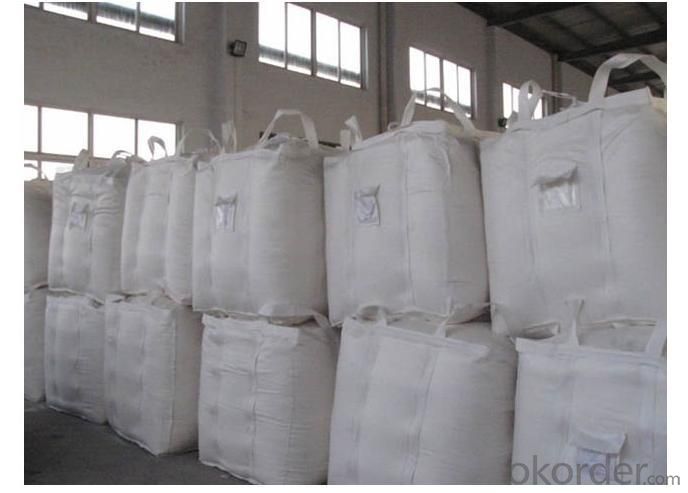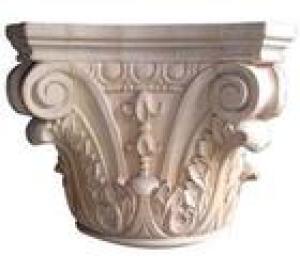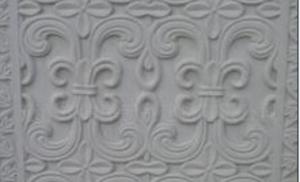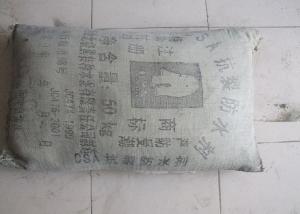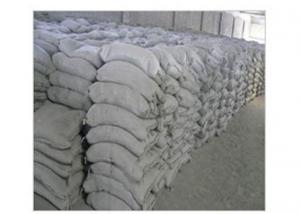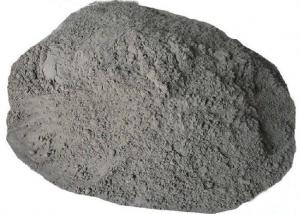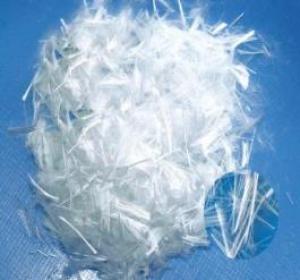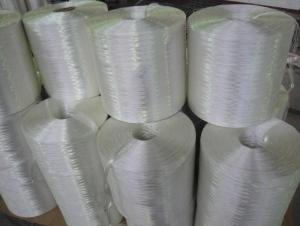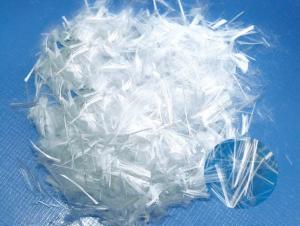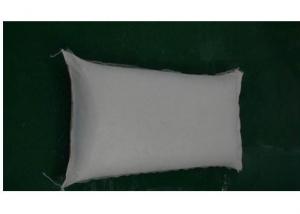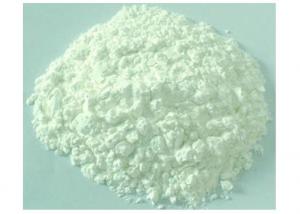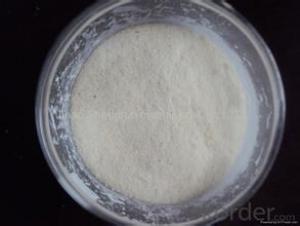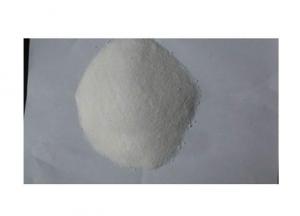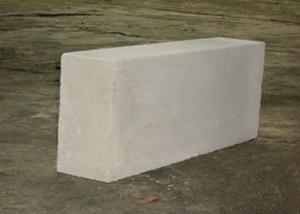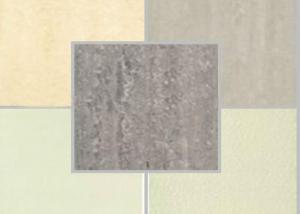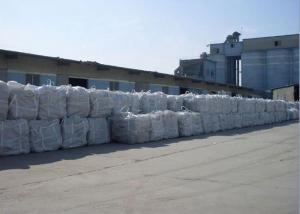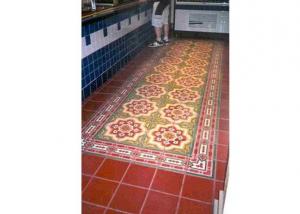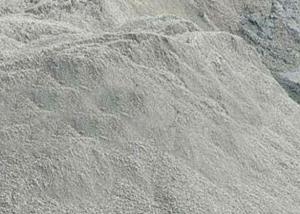Cationic Corn Starch for Paper Producing
- Loading Port:
- China Main Port
- Payment Terms:
- TT or LC
- Min Order Qty:
- 22 Tons m.t.
- Supply Capability:
- 5000 Tons per Month m.t./month
OKorder Service Pledge
Quality Product, Order Online Tracking, Timely Delivery
OKorder Financial Service
Credit Rating, Credit Services, Credit Purchasing
You Might Also Like
Abundant supply
Whiteness 88.2
Moisture 10-13
Fineness 99.9
PH 5-8
Specifications and Results | |||
Item |
Specifications |
Results | |
Whiteness |
≥88.0 |
88.2 | |
Moisture(%) |
10-13 |
12.7 | |
Fineness(%,100 mesh sieve) |
≥99.0 |
99.9 | |
Appearance |
white powder |
white powder | |
PH(20% water solution) |
≤5-8 |
7.23 | |
DS |
0.025-0.035 |
0.033 | |
Conclusion |
Normal
| ||
- Q: Where can I buy them when they come out? On OKorder it says the will be released November , but I don't know where to but them, help?
- It'll bid in the last few seconds of an auction, helping to save you money and avoid shill bidding.
- Q: Where does slag cement is best utilized? Which stage of construction it is to be used?
- Slag is a by product of steel production. It is added to concrete to replace cement in concrete. Concrete with slag is easier to work and less susceptible to freeze thaw cycles. There are other benefits as well. Concrete with slag is being used in road construction in some states. I say some states because not all states have done enough teting to be satisfied with using concrete with slag.
- Q: how many bags of 94lb portland cement make a cu yd using a 3:2:1 gravel:sand:cement ratio?
- A 94 pound bag of Portland cement is about one cubic foot. If you do volume:volume:volume you would add about 5 more cubic feet of material with your recipe. (6 cubic feet total) A cubic yard is 3' x 3' x 3' or 27 cubic feet. Is the material Pre-mix ready-to-use concrete? If so then about 27 - 30 bags. If it is cement, then your best bet would be to make 6 times the recipe listed above, therefore 6 bags. Should give you a total of 30 cubic feet. is is ALWAYS good to make too much that too little. Make stepping stones with the leftover.
- Q: what happens if i run on cement for 25- 30 mins for 3 times a week?theres not much place where i can run on grass though there is a little park that i can run back and forth continously will that be better than running on cement for 25 - 30 mins for 3 times a week?I know its bad for your knees but what happens when you keep running on cement?
- I don't think running on cement is the best thing for your knees, but you aren't talking about any staggering workload. I run for much longer distances on pavement, as do most runners I know. Running on grass or trails is a nice break from pavement, though. I would recommend you mix in some wind sprints in the park.
- Q: Has a body ever been found with cement shoes?
- I don't believe many people who are murdered or otherwise go around wearing cement shoes! LOL But I doubt anybody would go to the trouble of measuring shoe size and creating cement shoes to weigh a body down in water when other types of large hunks of cement will do the job nicely as a rule.. Are u planning to design and manufacture them? lol
- Q: Hello.Can you tell me how cement, concrete and glass is made? And if possible, adding a bit of history into it?
- the generic term cement simply means binder or glue; hydraulic cements are those which bind and harden in the presence of water. Early construction cements were usually clays mixed with an aerated volcanic rock called pumice; later mixtures included chalk (a high grade limestone composed of coccolithic (spherical stones) carbonate structures. What we commonly call cement and mostly use in construction and landscaping today is a type of cement called Portland cement, which was accredited to Joseph Aspdin in 1824; a mixture of ground (often low grade, or impure) limestone and clays containing aluminium sulfates. Gypsum (hydrous calcium sulfate) may be added to the mixture if more sulfates are needed. Concrete is an artificial conglomerate (in geology, a conglomerate is a rock made up of often metal-rich stones set in a matrix of sand and fine clays) where the binding matrix is composed of (usually) Portland cement and clean sand, and stones (commonly called gravel or road metal); without the stones, the mixture can be a mortar (used to bed and bind bricks or blocks) or a render (a thick paste used to dress bricks and blocks). Glass is commonly composed of melted quartz sand (silica); limestone is added to the silica to prevent recrystallisation when it cools.
- Q: In Manila all the Condos are completely made of cement reinforced with re-bar. Even if they are 30 to 50 floors tall! Sure I love the fact that the cement interior and exterior walls make every unit private and you can't hear the neighbors. Termites don't eat it. It won't burn. It lasts longer. But isn't it more expensive than the way they are made is the States? Cement costs a lot of money. Back in the States 30 floor condo buildings are made of a steel frame with metal floors and cement poured over the metal floor boards. The interior walls are wood frame and the exterior walls are all glass. Why do they do it different? I think they way it is done in the States is less costly. Canada builds it the same way as the U.S.
- Many third world countries (including developing countries) extensively use cement with steel bars not just the Philippines. But to answer, cement is cheaper in the Philippines because the Philippines manufactures them from materials that are mined in the country. And this goes the same with steel bars and all the other materials needed to made concrete buildings. Plus these materials when they are formed to make structures (to proper specifications of course) are proven to withstand the natural elements and the natural humidity and temperature ranges in the Philippines. Also in small to medium earthquakes (which is common in the country) these materials can accommodate the stress and so the structures made can withstand them. It is not wise to compare other countries in tropical countries and/or in the developing world to the US or Canada as in many cases (not all) it is unfair to do so as there is no comparison as several factors are different which will make certain comparisons illogical.
- Q: i xcan do an ollie perfect on grass, but not on cementPlease give tips on how i can be able to do it on cement!!!!!HELP!
- sucks when u fall on your face. okie make sure no cracks in the cement. 2nd of all it mite be ur nervous. put 4 or 6 rubber bands on the bottom of your shoes to get use to it. trust me its like sticking to ur board. when you think u have enough confidence. the rubber bands should help.
- Q: it is so uncomfortable to chew!
- They have to put braces on your back teeth, like to anchor them i guess you could say, unless you just have the fronts.
- Q: hey guys i hv made a project made on manufacturing of cement. i was just wondering is it possible to extract cement back for concrete?
- No, it can't. Adding water to portland cement initiates a complex series of reactions that irreversibly changes the nature of the dry ingredients. If you remove the water at some point by drying or firing the concrete, it will not give back the original cement dry ingredients. Just to be clear, concrete is cement added to an aggregate. The aggregate is often crushed stone or gravel, but it can be other substances. The stone normally does not chemically react with the cement, so I suppose you could crush the concrete to physically separate the cement from the rocks. But then you would have cement chunks that cannot be poured like new cement and are weakened by the crushing, not very useful.
We have kept the development philosophy of technological innovation, covering production, R&D, sales and management. we are boosting the extension of industrial chain in an all-round way, give full play to science and technology, and aim to become stronger in biological industry and fine chemicals in 5-year time.
1. Manufacturer Overview
| Location | Shandong,China (Mainland) |
| Year Established | 2009 |
| Annual Output Value | |
| Main Markets | 30.00% South Asia 25.00% Southeast Asia 20.00% South America 15.00% North America 5.00% Eastern Asia 5.00% Oceania |
| Company Certifications |
2. Manufacturer Certificates
| a) Certification Name | |
| Range | |
| Reference | |
| Validity Period |
3. Manufacturer Capability
| a) Trade Capacity | |
| Nearest Port | qingdao,tianjin,shanghai |
| Export Percentage | 41% - 50% |
| No.of Employees in Trade Department | 6-10 People |
| Language Spoken: | English, Chinese |
| b) Factory Information | |
| Factory Size: | |
| No. of Production Lines | |
| Contract Manufacturing | |
| Product Price Range | |
Send your message to us
Cationic Corn Starch for Paper Producing
- Loading Port:
- China Main Port
- Payment Terms:
- TT or LC
- Min Order Qty:
- 22 Tons m.t.
- Supply Capability:
- 5000 Tons per Month m.t./month
OKorder Service Pledge
Quality Product, Order Online Tracking, Timely Delivery
OKorder Financial Service
Credit Rating, Credit Services, Credit Purchasing
Similar products
Hot products
Hot Searches
Related keywords
